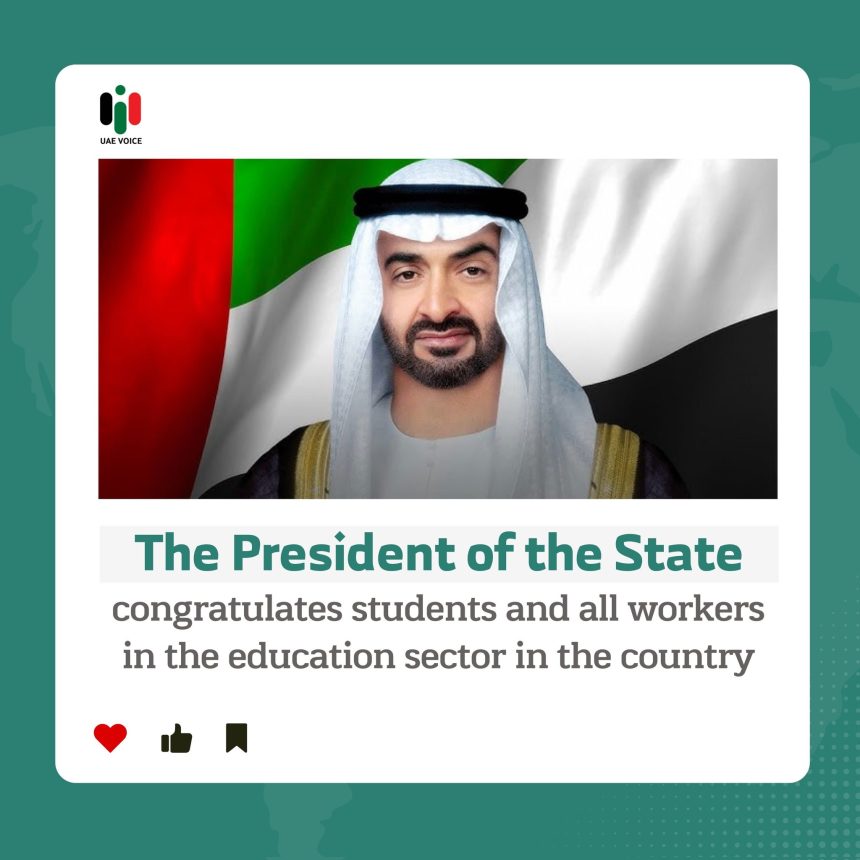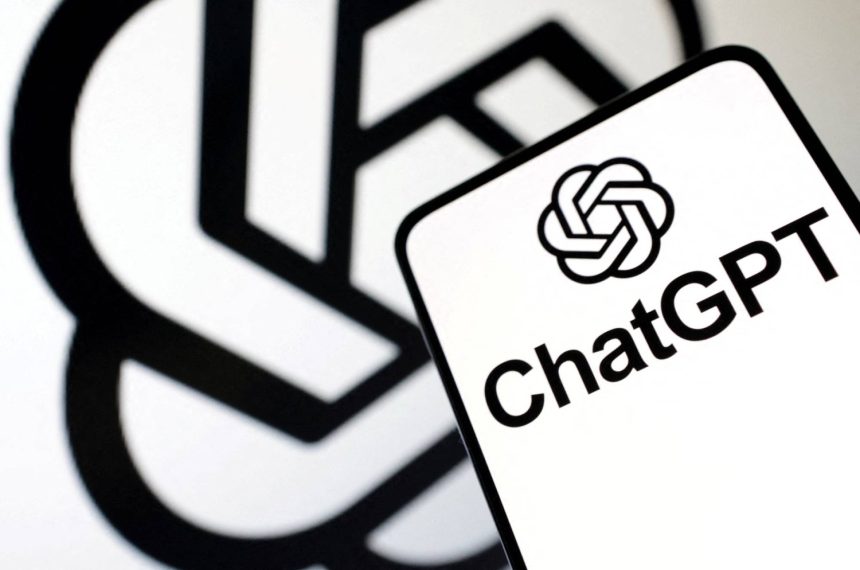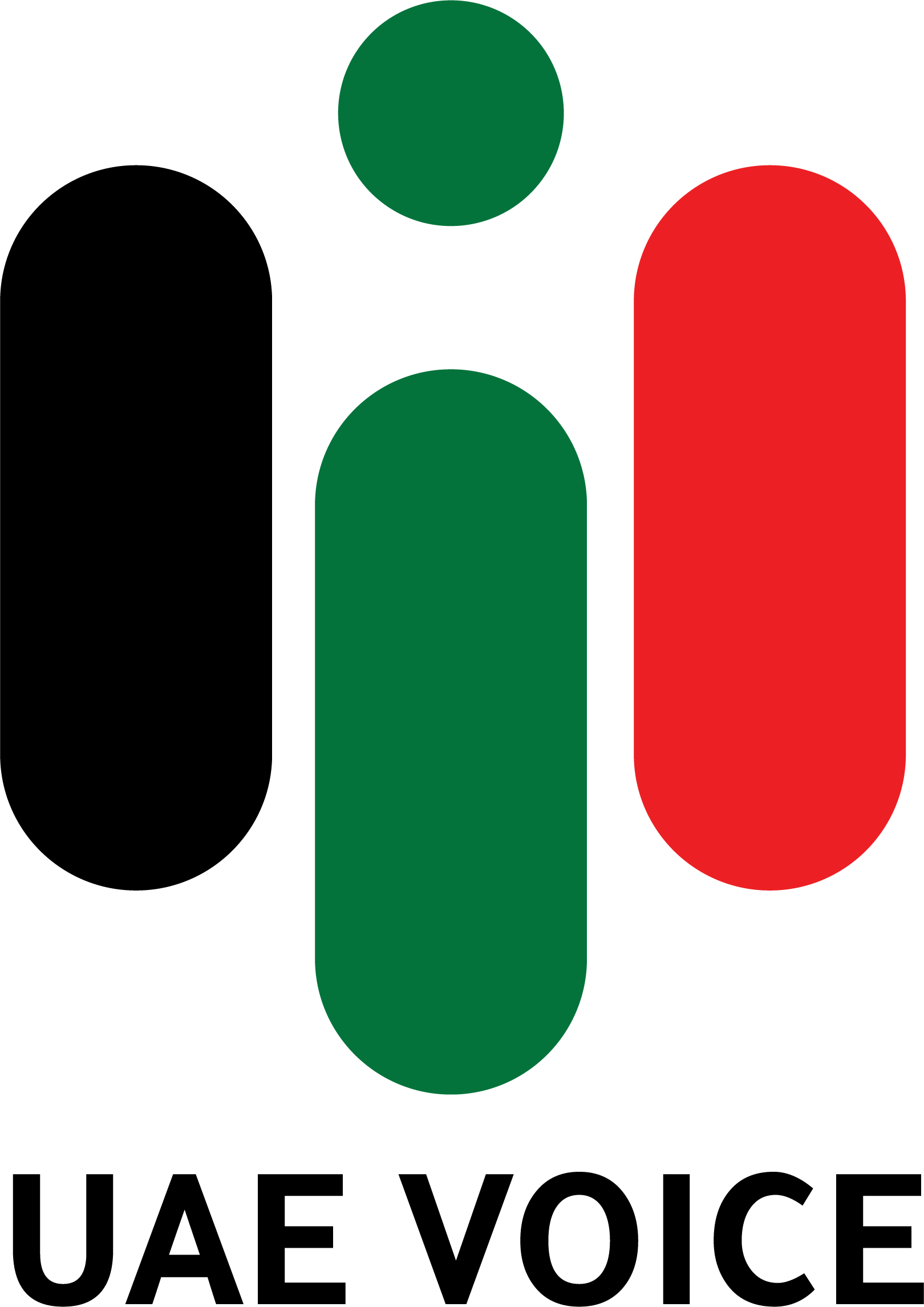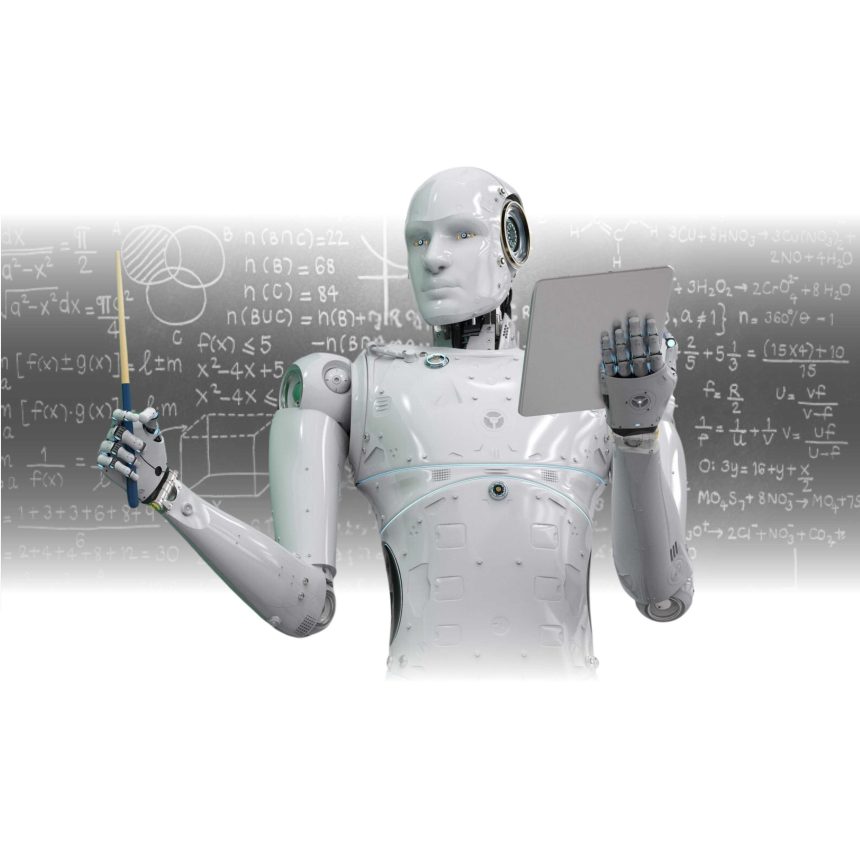Classrooms Future with AI: Opportunities and Challenges
As the new academic year begins, artificial intelligence (AI) is making its way into classrooms.
In an experimental move, a private school in London has adopted a new educational system that relies on AI.
The system is teaching core subjects in preparation for secondary school leaving exams.
These classes are conducted in smart classrooms under the supervision of “educational coaches” rather than traditional teachers.
However, this technological shift in education faces some resistance.
for example, a plan to use AI-supported digital textbooks in South Korea schools by 2025 has drawn criticism from academics and parents.
Like other fields, it’s unlikely that AI will completely replace teachers, and that’s a good thing.

Can AI be interactive ?
Research consistently emphasizes that the best learning methods are social and involve interaction between teachers and students.
As well as peer-to-peer interactions.
Massive open online courses (MOOCs) didn’t create as much buzz as expected when they emerged in the past decade.
Even they are open-source online educational courses designed for broad participation.
AI may not replace teachers entirely, it can empower them.
Because technology can assist teachers with routine tasks outside the classroom and sometimes without additional compensation.

Education Technology
Educational technology companies already offer products for teachers.
These products help teachers to create lesson plans, design presentations, and even delegate tasks to students.
However, these AI tools, like any other AI applications, need careful monitoring to avoid potential biases and pitfalls.
Advanced systems are increasingly capable of grading tests and homework.
Some can even provide feedback on written assignments.
Education technology companies are also working on developing AI-supported teachers.
Those teachers can personalize learning experiences for students.
For example, digital tablets in South Korea are customizable to provide quick assessments by AI software.
Allowing both fast and slow learners to receive tailored evaluations.

“Flipped Learning” Enters Classrooms
Teachers must oversee student progress and facilitate discussions during online classes and collaborative activities.
Ensuring that students don’t overly rely on AI for tasks like essay writing or solving math problems remains a challenge for educators.
Some schools are exploring the concept of “flipped learning”.
It shifts away from mandatory at-home essay writing, so students use homework time to study materials.
This is with the assistance of AI, while classroom time focuses on discussion, testing, and supervised written work.
AI-powered tools have the potential to make education more efficient and innovative.
Dubai’s Roads and Transport Authority (RTA) has confirmed that preparations are currently underway to receive guests and participants at the 30th edition of the World Congress on Intelligent Transport Systems (ITS), which will be hosted by Dubai from September 16 to 20, 2024. The… pic.twitter.com/jHPwWoHb7s
— UAE Voice (@uae_voiceeng) August 22, 2024
How will AI-powered tools Serve Education ?
Using AI-powered tools, students can do many special things to enhance learning process in classrooms or at home:
- Engage in discussions with virtual characters in foreign languages
- Virtually visit the International Space Station using virtual reality headsets
- Use AI software to participate in music and art creation
The rise of AI in education and job market highlights the necessity of rethinking about what schools teach and how they teach it.
Adding that the instant access to information made it important to change the way from rote memorization and focus on developing students’ abilities.
AI-enabled education can help in addressing staffing shortages, by making teachers more productive.
Especially in economically disadvantaged regions.
However, teachers, schools, and governments need to adapt thoughtfully, to maximize the benefits of this technology without compromising existing educational standards.
Source: Financial Times





